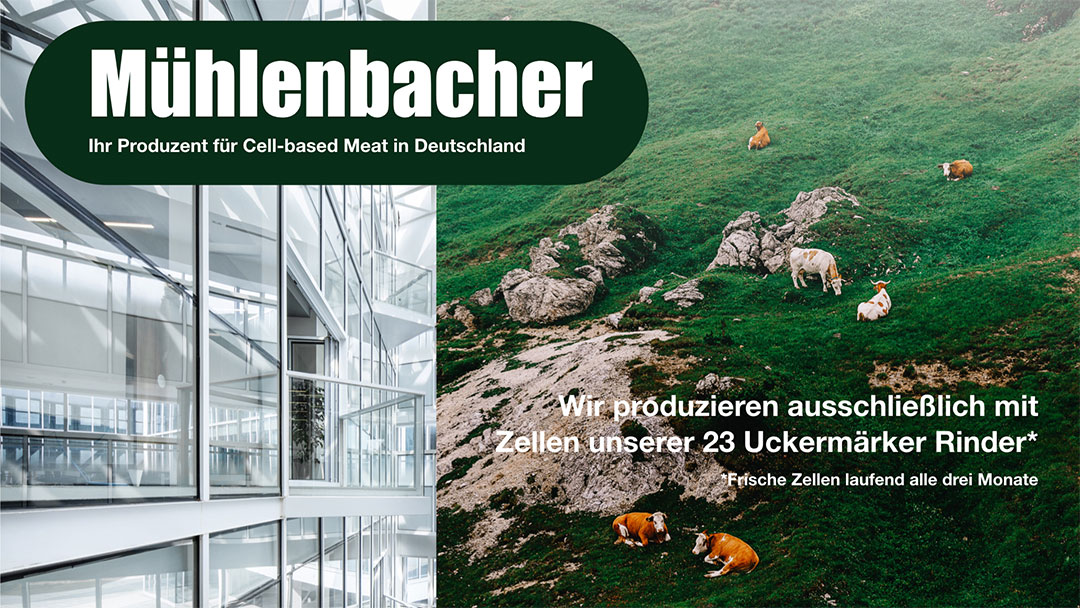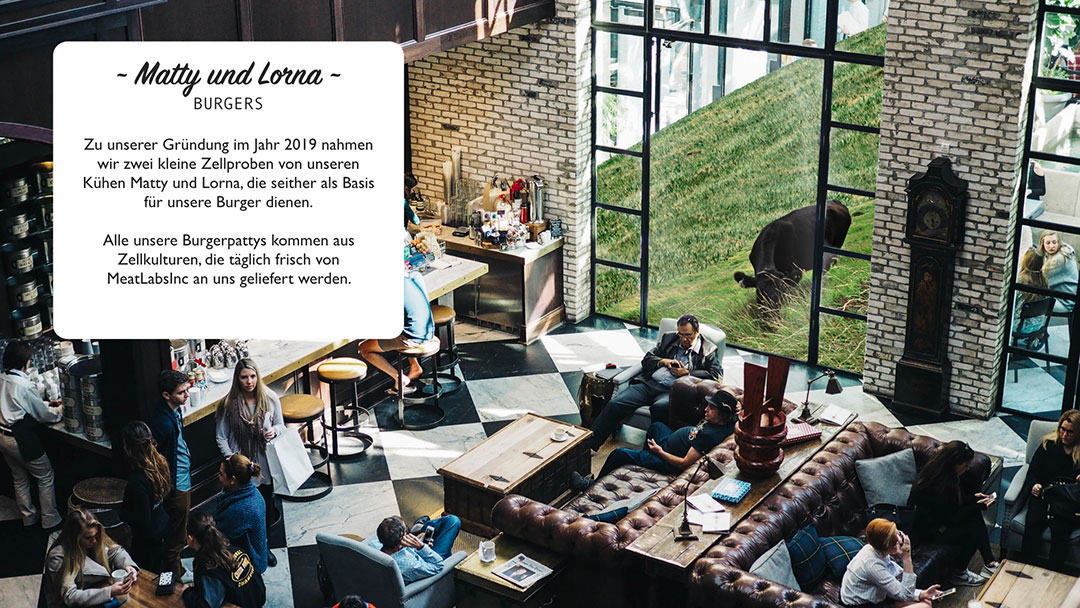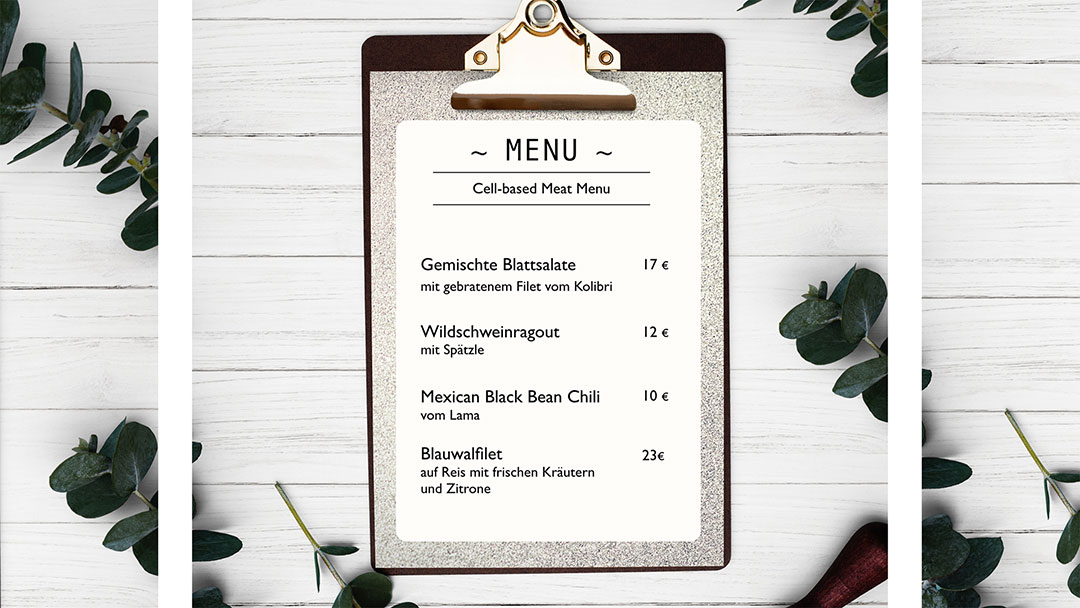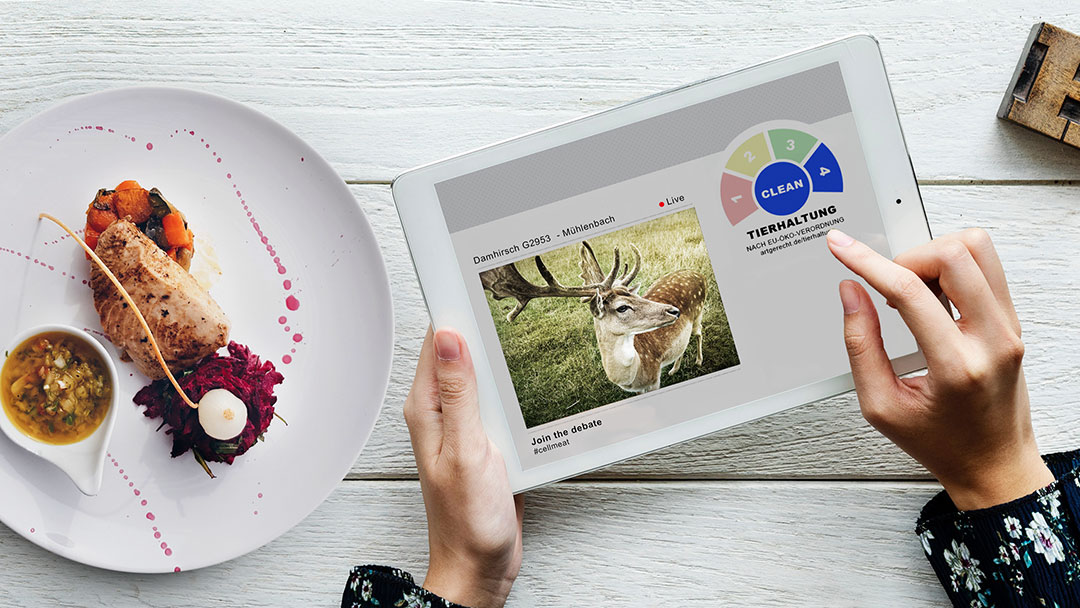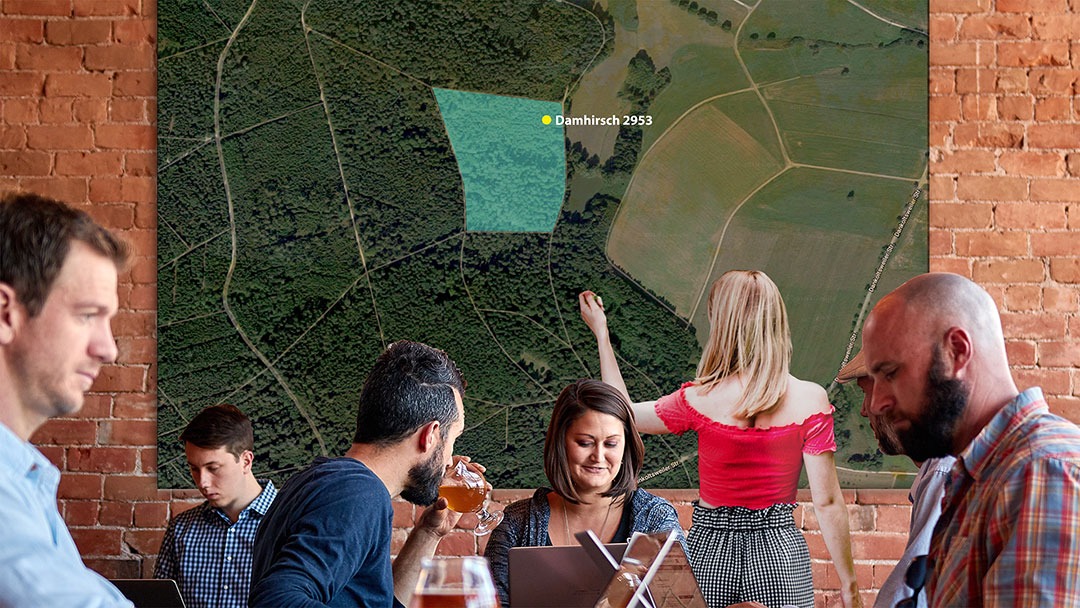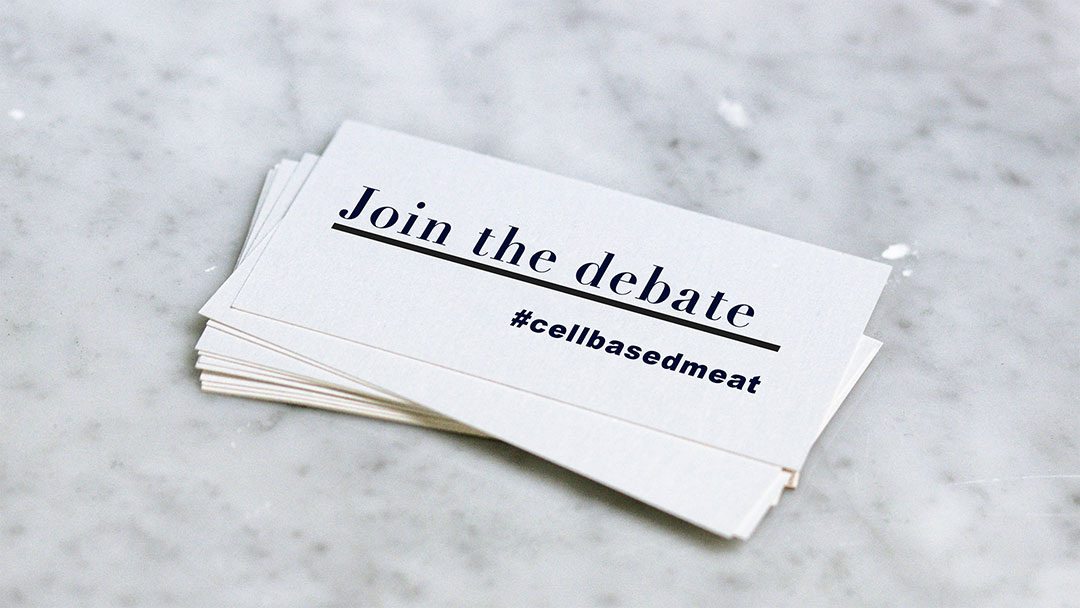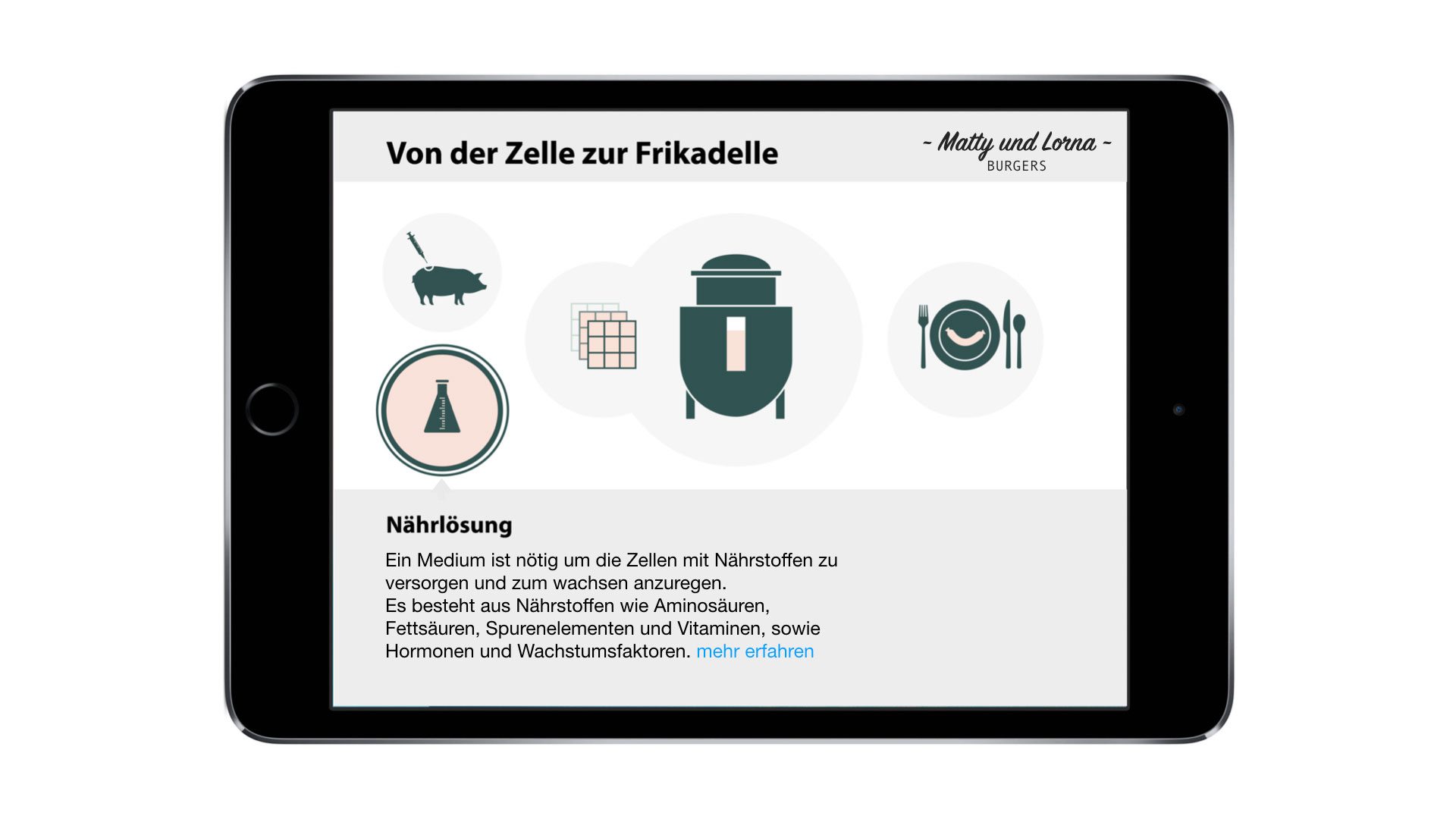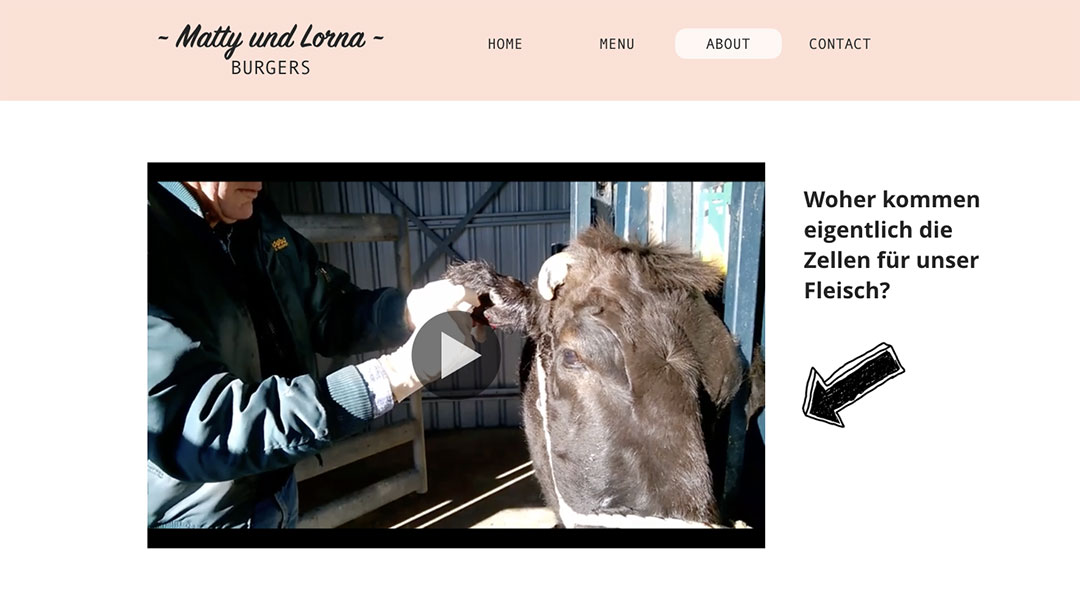The Meat
We Want
MASTER'S THESIS
2019
How might we create a desirable future with cell-based meat?
Despite the devastating ecological, ethical, and health related consequences of modern factory farming, global demand for meat keeps rising.
Cell-based meat (CBM) is a promising technology that might help save our planet by producing meat in an ecological and ethical manner. The idea is to cultivate meat from harvested living animal cells in a lab—without having to slaughter animals.
CHALLENGE
Disruptive technologies like cell-based meat have the potential to make our world a better place. They are, however, at risk of getting rejected by the public or triggering unwanted societal side effects.
With this project we wanted to find out how we can prevent these negative developments and help cell-based meat reach its full positive potential as a technology that leads us into a better future.
PROJECT TEAM
Mona Konietzny
Patrick Muchowski
KEYWORDS
Speculative futures,
design research,
qualitative research
FURTHER READING
Learn more about
cell-based meat on
cleanmeat.org
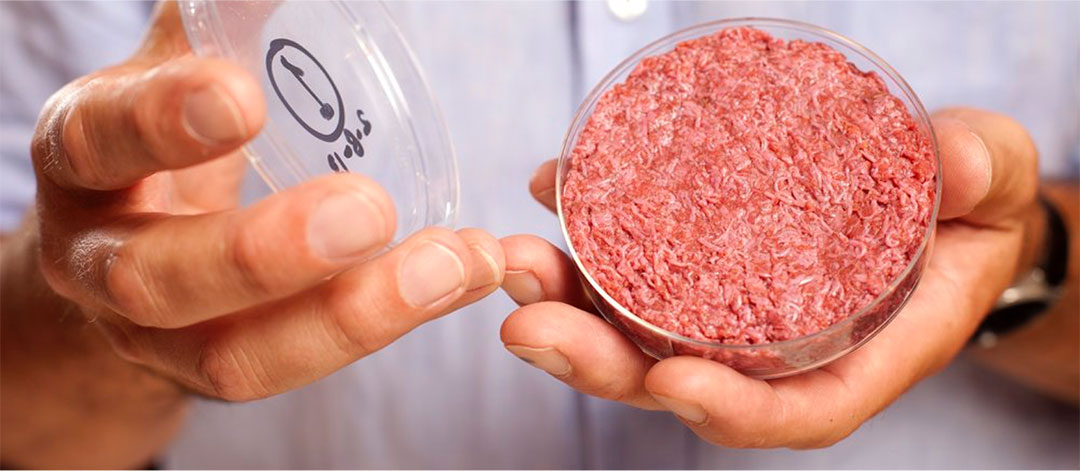
Exploring possible futures
First we wanted to get a better picture of what might lie ahead of us. Through desk research we identified different influence factors that will impact the future of CBM.
Together with different experts we developed a thorough understanding of how these factors could play out and how they influence each other. We talked to scientists in the field of technology assessment, food technology, consumer psychology and food marketing.
In one case we conducted an afternoon workshop with three experts where we prepared short descriptions of negative and positive future developments and let the experts assess and explain the likelihood of those events.
Other interviews were conducted via video calls.
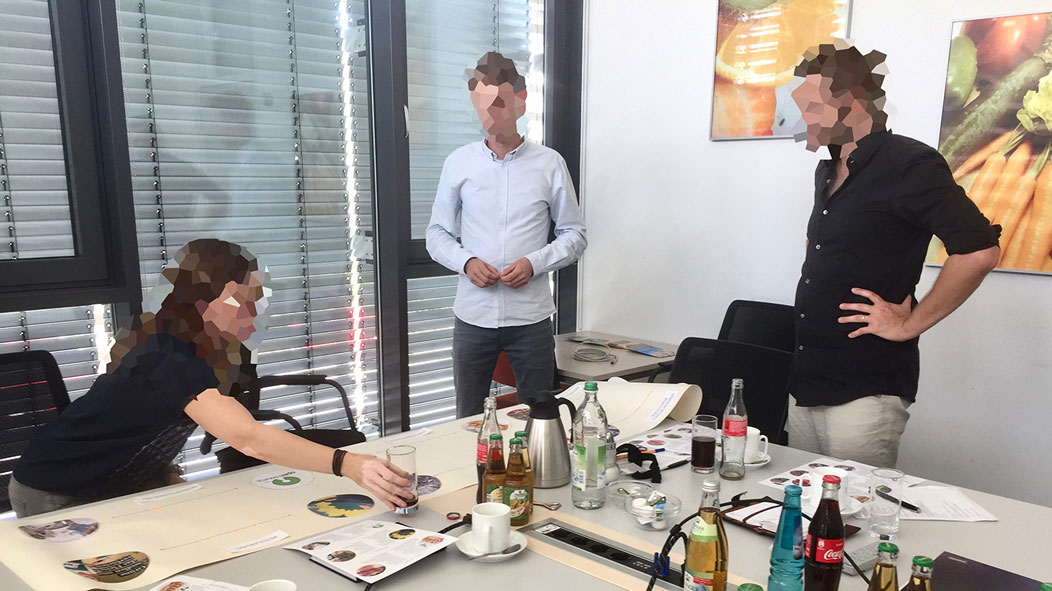
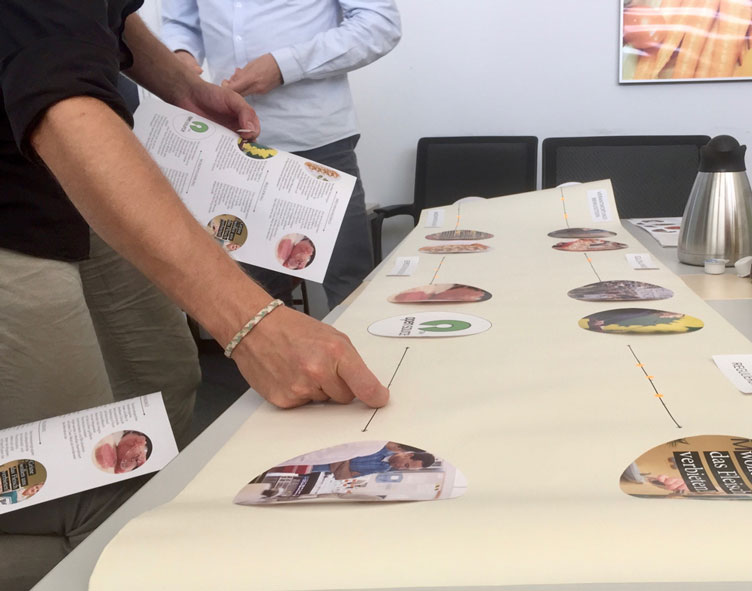
Building future projections
To capture everything that we had learned, we wrote positive, negative and trend projections for the twelve most important influence factors on CBM. At this point we had a pretty good understanding of what could happen with this technology.
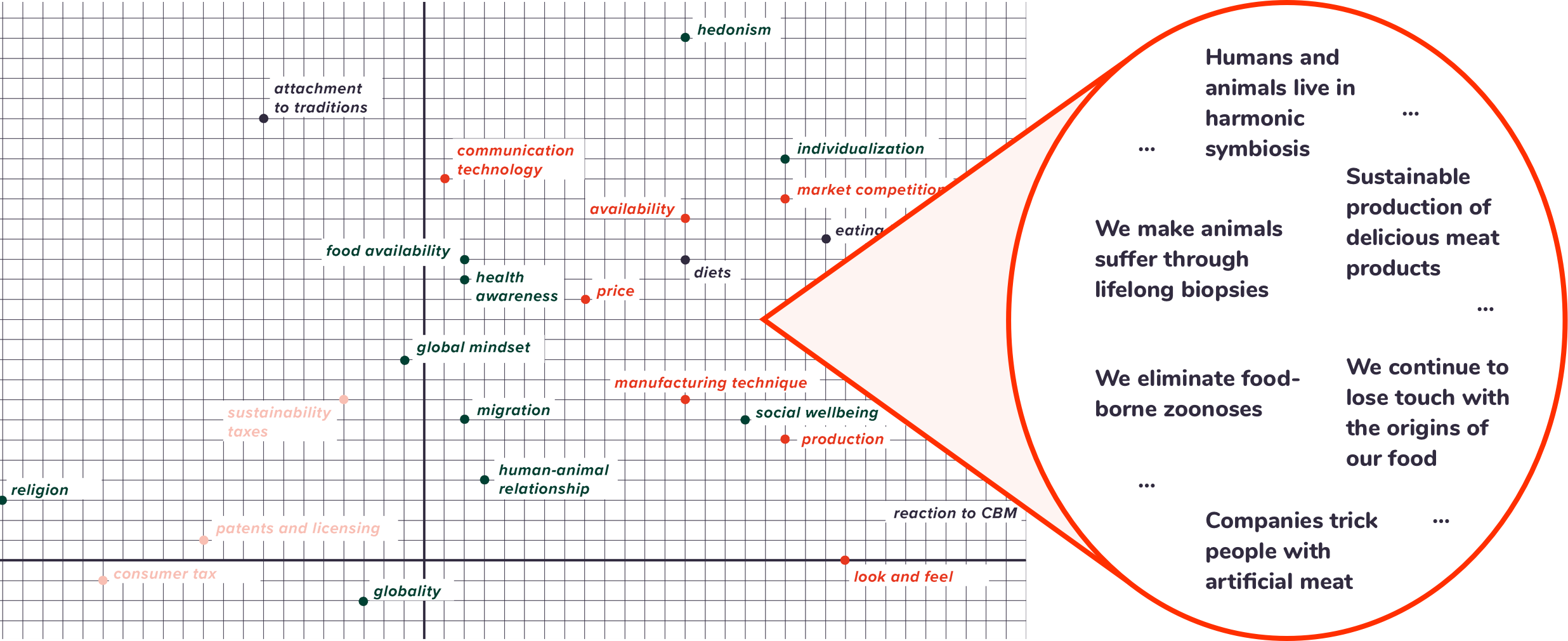
We then brainstormed ideas on how to prevent negative projections and enforce positive ones. Within our post-it notes we recognized recurring topics. We were able to boil them down to three main clusters that mark important aspects in handling the CBM technology.
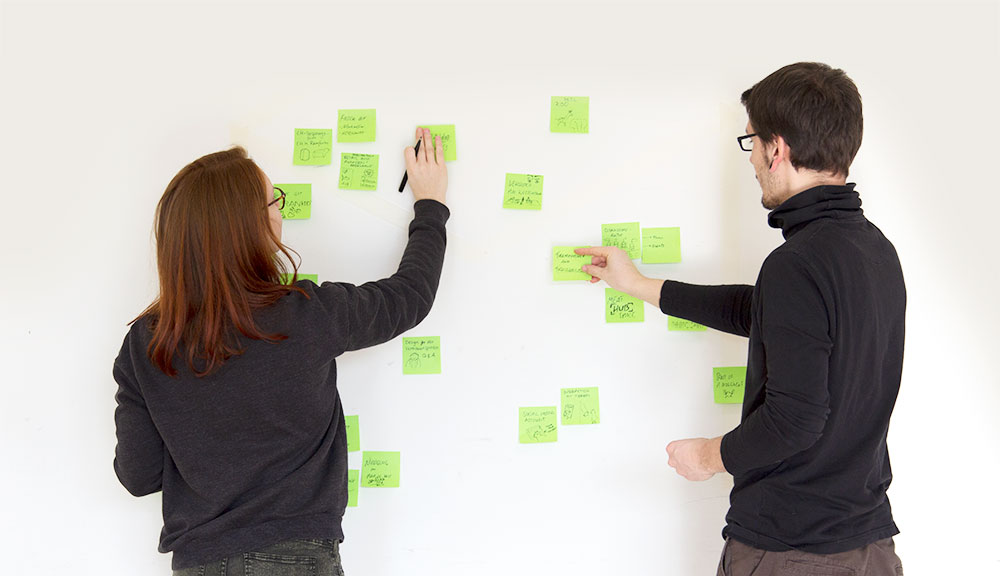
Determining beneficial innovation principles
We formed the hypothesis, that the beneficial implementation of new, disruptive technologies such as cell-based meat is tied to three separate principles:
Transparency
New Technologies must be openly communicated with all accompanying risks and benefits. This helps ease the fears of an unknown future and provides the base for a healthy debate on the subject.
Adaptation
New Technologies must be carefully adapted to the cultural and social context. Radical changes might be met with rejection. Instead, new concepts must be set up in accordance with people's needs and expectations.
Participation
Efforts must be made to involve the public in shaping their own future by facilitating free formation of opinion as well as debate. On top of that, new opportunities for participation should be explored that exceed a mere purchase decision.
First conversations
In first interviews with possible future consumers of CBM we suggested different ways of implementing the CBM technology with our three principles in mind. We visualized these propositions through photomontages and showed them on a computer screen. Participants were then asked to openly comment on those images.
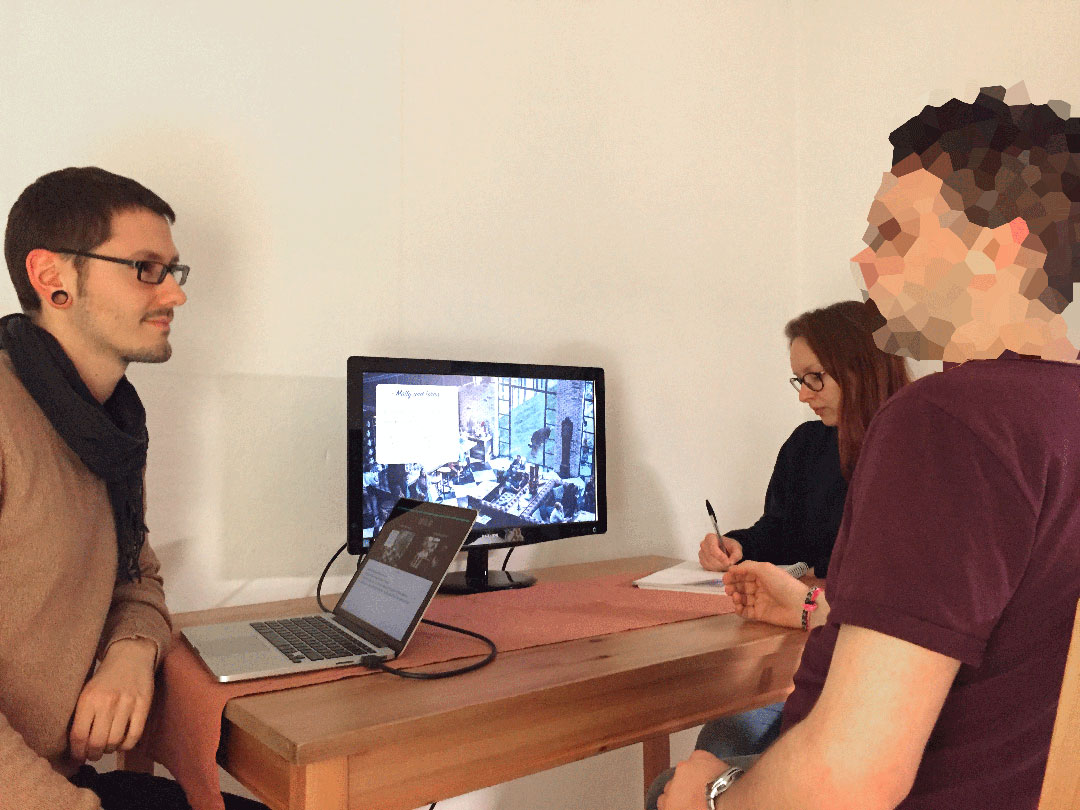
Developing a qualitative research framework
We soon found out that our hypothesis had to be adjusted: Often times, applying the principles as absolutes, did not meet the desires of our participants.
For example, transparency was very important to participants, yet there were certain instances where they felt put off by too much transparency, namely receiving insight into CBM production and the harvest of cells from donor animals.
Similar findings occurred with both of the other principles:
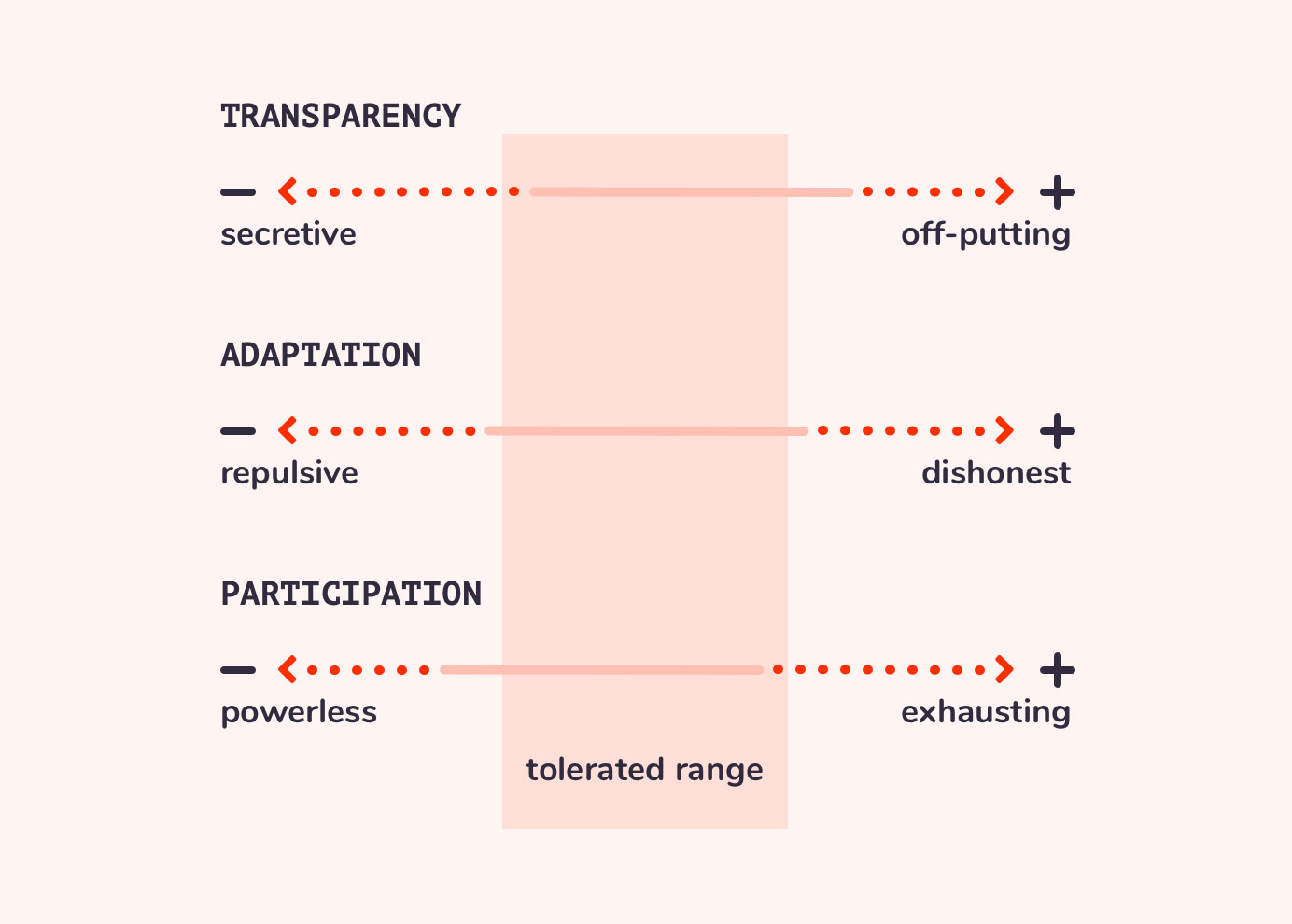
» I would prefer to see an abstract visualization [of the production process] and then decide for myself whether I want to see more.«
» I feel like I’m being fooled. [...] The product is depicted as if it was slaughtered meat. That is just a show, it’s not trustworthy.«
» I like to read what others have to say rather than joining the conversation myself.«
We concluded, that our three principles must rather be understood as scales, where either extreme will result in undesired outcomes. So it is a matter of determining a tolerated range, that will both be accepted by the public and lead to an objectively positive future with the technology.
Result No.1
A method for human-centered innovation
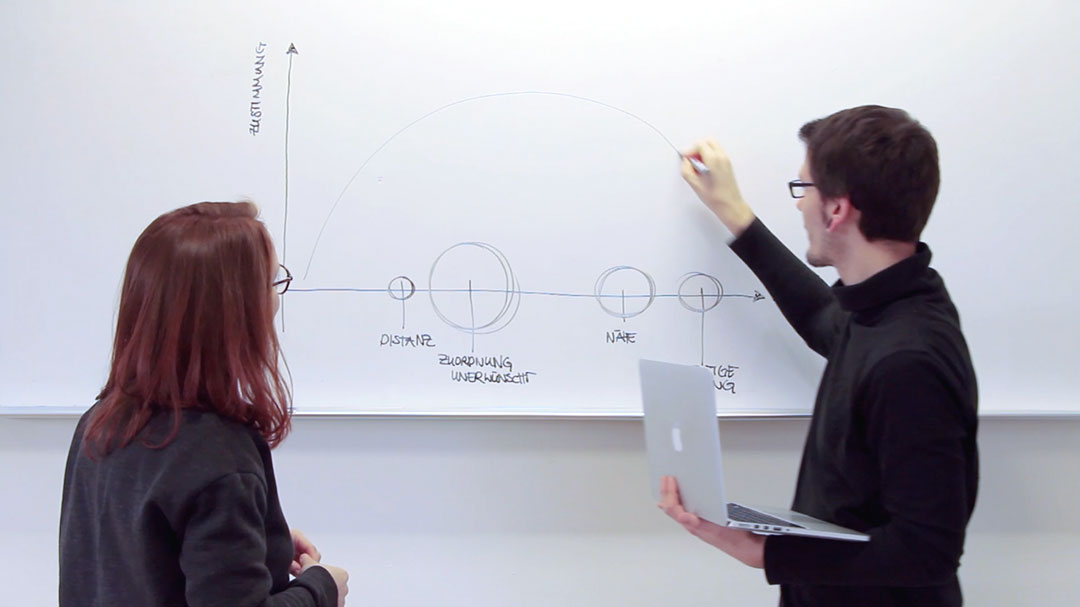
Confronting people with possible futures
We developed a method that allows designers and innovators to explore and define desirable ways of implementing new technologies.
In this method we use speculative future visualizations and an iterative research framework based on the tensions fields of transparency, adaptation and participation that we defined through our research.
Working with this topic, we became especially interested in what role animals should play in cellular agriculture. Eventually we centered our research around finding out about the ‘farm animal of the future’.
We overall interviewed 19 participants between the ages of 21 and 31, gradually modifying our technique.
STEP 1: Building scenarios.
Two contrasting scenarios are visualized through photomontages.
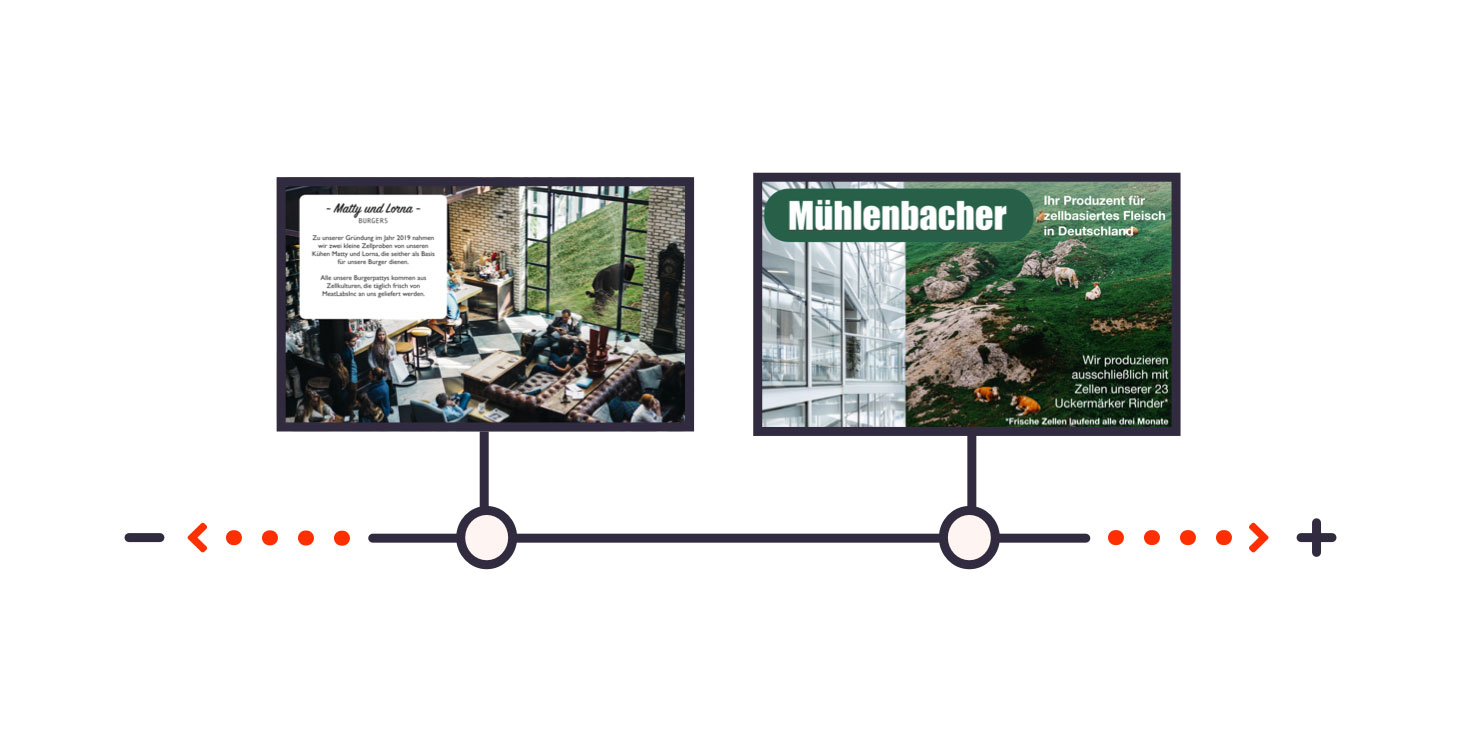
- What aspects of a new technology might be hard to swallow?
- How can we make changes visible?
- How could people participate in future shaping?
STEP 2: Testing.
People are confronted with the scarios.
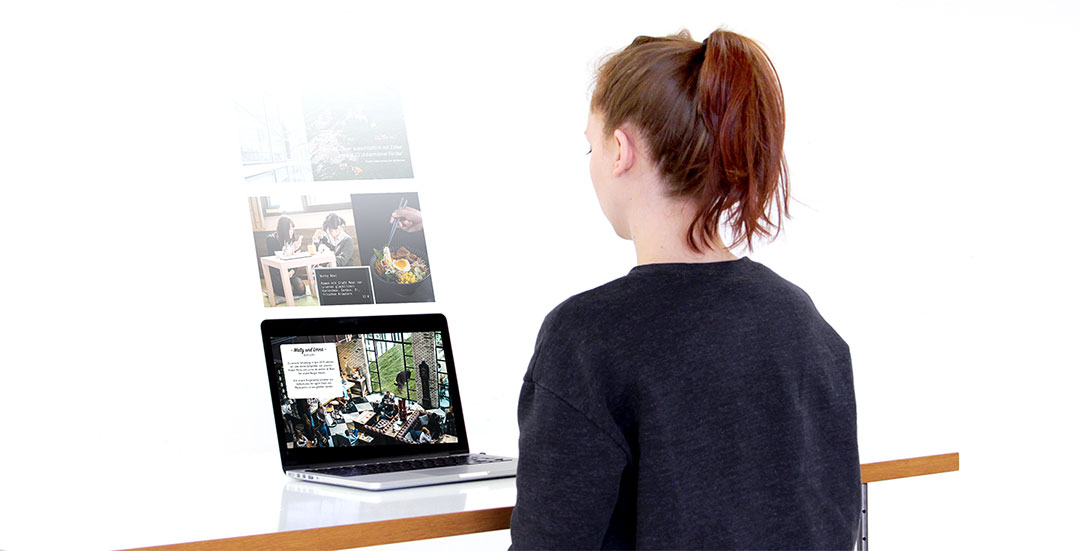
- Why do people reject/accept certain ideas?
- Which moral codes inspire their reasoning?
STEP 3: Evaluating.
The participants’ acceptance of the scenarios are evaluated.
Based on the participants’ statements, the scenarios are then adjusted to narrow down on desired outcomes.
- Which scenarios are well received and how could they be adjusted to meet desires of participants even more?
- Which new aspects came up that mark additional decision-making factors?


Fig.: exemplary results after three iterative rounds of questioning
Size of the circles signifies the degree of acceptance of a certain scenario
- Which scenarios are well received and how could they be adjusted to meet desires of participants even more?
- Which new aspects came up that mark additional decision-making factors?
Result No.2
Qualitative findings on the cell-based meat technology
See some of our test scenarios and findings
Project highlights
